
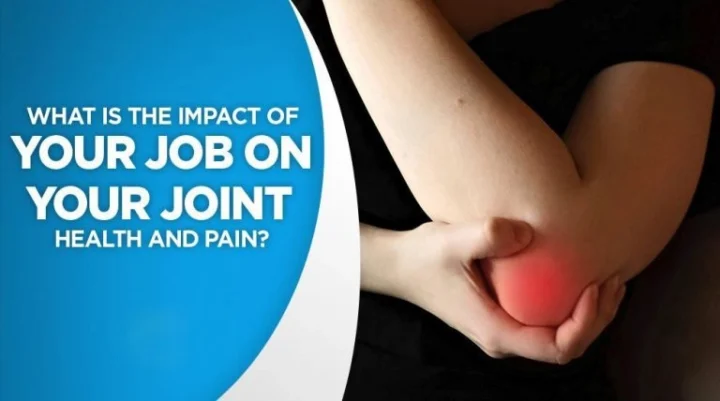
Joint health is something that tends to slip through the cracks when it comes to maintaining your body. Unfortunately, a lack of information can lead the average American to overly tax their body and induce pain. One of the more prevalent causes of joint pain is actually your career, as many jobs require a more active physical role when compared to others.
Your everyday actions directly relate to how much you strain your joints and how much they are damaged, so your career is one of the details of your life that should be examined when you find yourself suffering from joint pain.
With this article, we hope to help inform you how your career can negatively impact your joint health and what measures you can take to overcome or avoid injuries to your joints.
Joint pain is something that virtually every American has suffered, either from direct trauma or an underlying condition that has joint pain as a symptom. However, it can become rather difficult to know when joint pain is a serious enough problem to warrant intervention. There is a misconception that joint pain is just soreness in the joints afflicted. However, joint pain actually has several symptoms in and of itself.
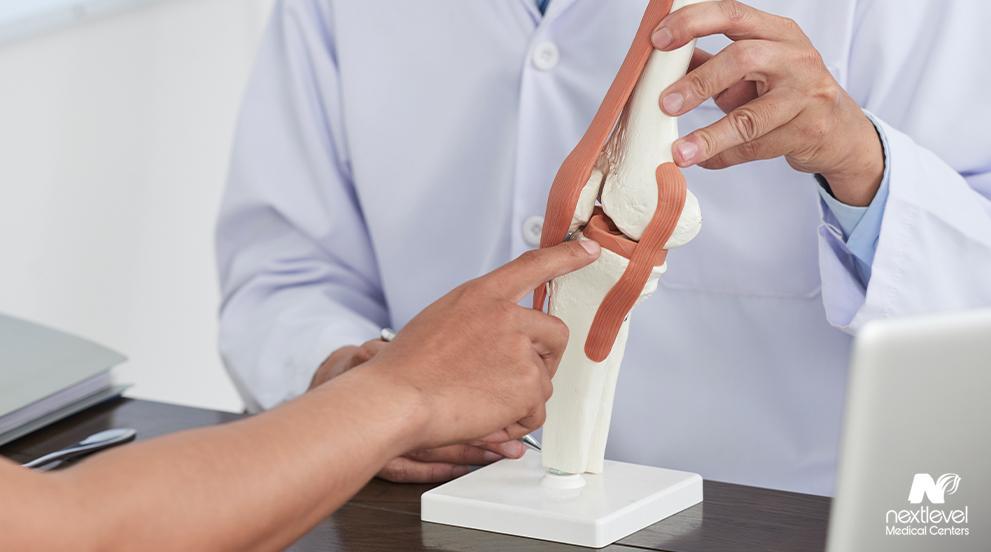
The symptoms commonly associated with joint pain include warmth, redness, swelling, tenderness, and stiffness at the afflicted joint. These symptoms can lead to weakness in the legs and even leave you limping to move when suffering from the pain. Such effects can make functioning in your everyday life extremely difficult, if not outright impossible, depending on how far the condition has progressed. In addition, these symptoms are extremely unpleasant and make managing your daily life much more difficult than it should be. It’s no wonder that, given the inability to change careers, many people turn to painkillers to survive day-to-day.
There are multiple causes for joint pain, including major conditions such as osteoarthritis and arthritis, to tumors and torn cartilage. Many of the conditions and issues can be induced from strenuous physical activity in your daily personal or professional life, depending on which is more intense. To that end, your career can serve as a major contributor to your overall joint health.
Jobs that involve a great deal of movement and physical activity directly impact your joint health. Your job’s impact on your joints depends entirely on what physical demands are placed on you in your daily activities. A study was conducted by the University of Sydney that evaluated certain jobs and what kind of risks the career has for overall joint health.
The study found that carpenters, bricklayers, and floor installers were three times more likely to develop knee osteoarthritis when compared to workers with sedentary tendencies. These positions involve heavy lifting and manual labor that strains muscles and joints to the point of excess. In addition, lifting, squatting, stretching, and moving in poor positions all contribute to joint pain.
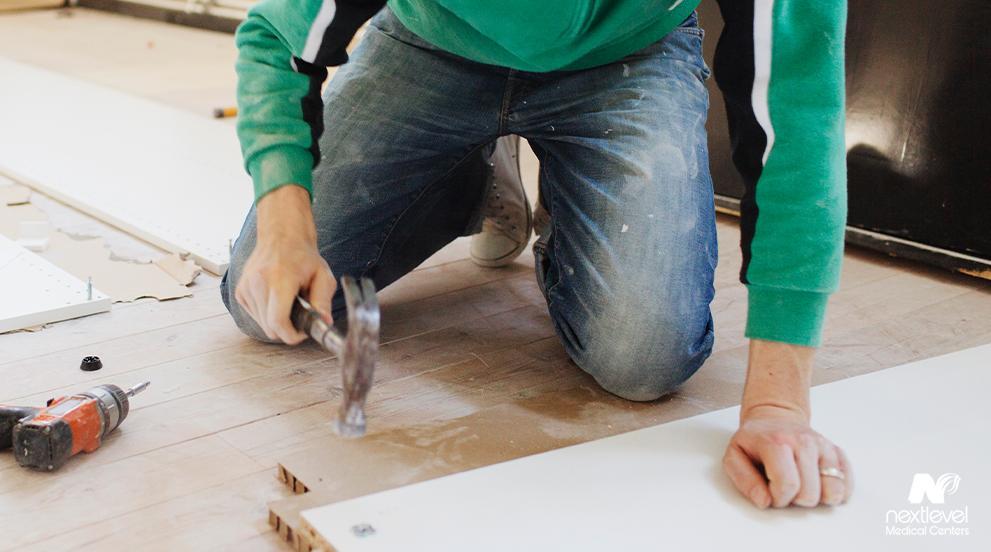
Farmers and their aides are 64% more likely to develop the same condition, while construction workers are 63% more likely. Even housekeepers are at risk, with people in the housekeeping profession 93% more likely to develop osteoarthritis from their everyday workload.
Other jobs such as commerce, forestry, fishing, machinists, plumbers, electricians, technicians, and postal workers showed a minimal risk of developing osteoarthritis since they have a more balanced or sedentary work style. As a result, they have less strain being placed on their joints.
Obviously, this study did not evaluate every possible career that can cause joint issues and pain, but it is an excellent insight into the types of jobs with higher risk levels.
Even when not considering the possibility of developing conditions like osteoarthritis, these physically demanding jobs also leave you open to suffering injuries to your joints from workplace accidents. Even simple trauma is enough to cause lingering joint pain and damage the bones in your body. So, there will always be a risk of joint pain when you work a physically demanding job.
Additionally, the development of knee osteoarthritis is not the sole issue that can arise from continuous joint strain. However, it is one of the more severe results. Ultimately, the pain and effects of strains on the joints can vary and be highly debilitating. Therefore, your chosen employment should be reviewed for obvious reasons when your physical health is starting to suffer.
If you have any of the above jobs or anything with equally intense physical demands and requirements, it might be beneficial to evaluate whether it’s worth continuing in that job or seeking an alternative career. Some careers leave no room for compromise between completing your vital tasks and allowing opportunities to minimize the factors that put the most strain on your body.
Each of the conditions that can arise from these strains come with their own symptoms and issues that will not only make your everyday life painful but will turn your professional obligations into pure torture. Being aware of your condition is the first step in figuring out how to resolve the issue.
Continuous joint strains can cause a number of debilitating conditions that can be extremely difficult to manage. However, those that relate solely to genuine physical strains brought on by physical labor at work only account for a few, while the others result from genetics. The most common joint issue comes from excessive movement and wear and tear in the knee and is called osteoarthritis.
Knee osteoarthritis is caused when the cartilage around the bones in your joints is gradually worn away and deteriorates. Cartilage is firm and slippery and allows the elimination of friction when moving a part of your body. Without cartilage, your bones rub against one another, grinding away and causing severe pain. This also damages the bones in the joint. When bones are worn away in such a fashion, it becomes more or less impossible to function without pain.
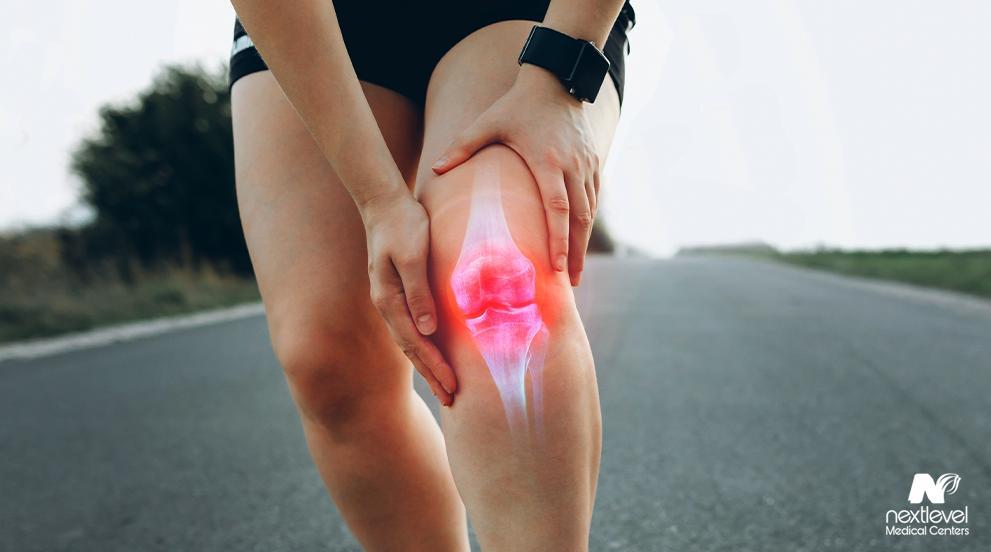
Another issue that can arise from work-related strain is rheumatoid arthritis. While rheumatoid arthritis is generally considered the result of an autoimmune issue that cannot be induced from outside influences, it can be exacerbated by overextending yourself physically. Recent research has found that certain careers where knee osteoarthritis is prevalent also seem to foster rheumatoid arthritis.
Similar to knee osteoarthritis, rheumatoid arthritis affects the cartilage of the joints. However, it does this by causing inflammation that wears away at your cartilage and causes the same deterioration until your bones are constantly grinding against each other, resulting in pain and continued damage to the bones until you are left incapable of normal function.
Another cause of joint pain is more likely to be caused by your place of employment if you have a physically demanding job. Specifically, simple trauma to the body can be a prevalent cause of joint pain while working. For example, suppose you are working as a carpenter or bricklayer or any position involving high-risk physical effort or handling of tools. In that case, you are at risk of suffering an injury on the job.
Suffering a workplace injury to your joints in these physically demanding positions is liable to cause severe damage and leave you with lingering pain and possible permanent damage depending on how severe the injury was.
While more conditions induce the same pain and wear and tear of your joints, these are some of the major culprits that can cause the most problems. While such conditions can be terrible to suffer, you do not have to resign yourself to living with them. Some measures can be taken to overcome any joint pain issues brought on by strenuous work.
If you have begun feeling the strain of your work on your physical health and the strength of your joints, you can seek various forms of treatment to help overcome it. You can pursue several treatment avenues that might prove to be effective depending on the type of condition causing your joint pain. Of course, not every option will be ideal for every individual, but the odds of finding a working treatment are better than not finding one.
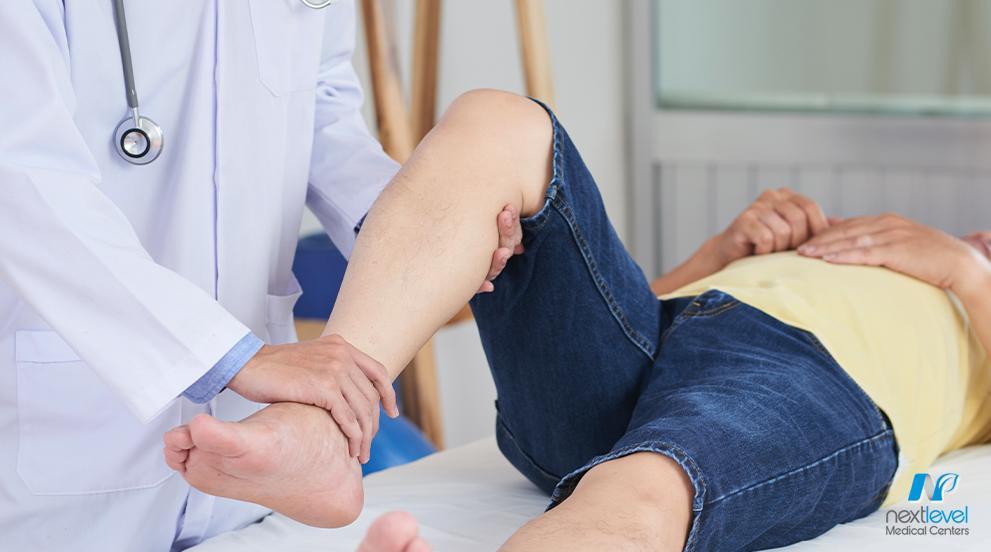
The most obvious treatment for joint pain is a medication that helps alleviate your symptoms. These medications are usually nonsteroidal anti-inflammatory drugs (NSAIDs) that can be obtained over the counter or via prescription from a physician. These NSAIDs include common medications such as aspirin, ibuprofen, and naproxen. In any case, pharmaceuticals are common treatment options for joint pain.
Another avenue of treatment for joint pain includes pain relief injections. These injections can be beneficial to alleviate the pain of your condition but require a recommendation from your doctor. There are three primary injection types: steroid, platelet-rich plasma, and prolotherapy. Each one uses a different method to alleviate the joint pain and make it manageable. However, each type of injection carries risks that can leave you worse off than before.
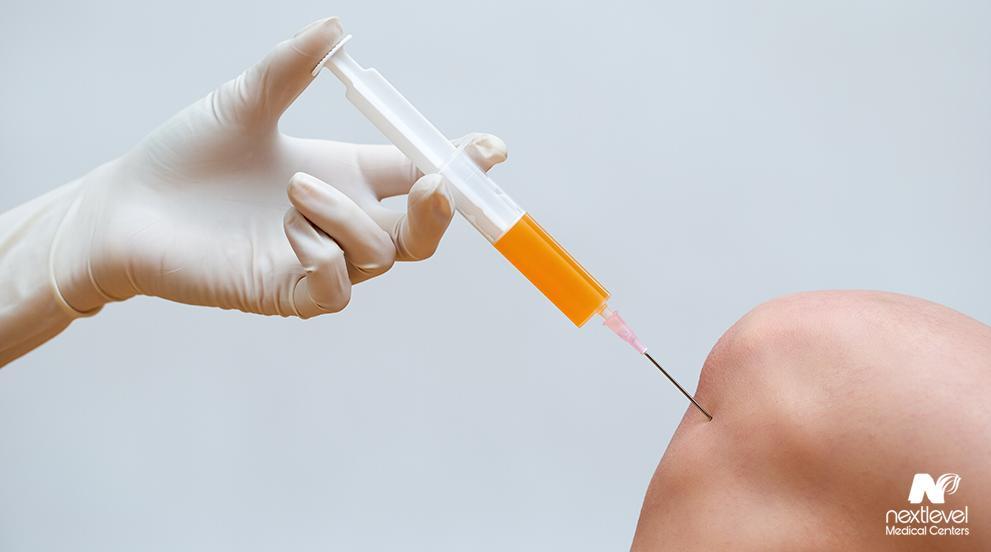
Any injection carries risks of infection, and a poorly done injection can rupture tendons and cause more damage than it heals. Always talk to your doctor about solutions to your joint pain.
The final treatment avenue is low risk and has a high success rate: physical therapy. Physical therapy involves regular, supervised low-impact exercises designed to reinforce the muscles around the damaged joint.
Physical therapy has seen great successes in alleviating joint pain and helping to manage the condition causing it. There are several physical therapy clinics, including a specialized program from the mind of Dr. Emmett Blahnik, to make joint pain and even wounds to ligaments a more manageable issue.
Treating the issue is of primary concern for alleviating joint pain brought about by your job, but it remains a half-measure if the condition’s cause is not rectified. If your job is causing consistent strain that would cause your joint pain to return or exacerbate it to the point of no return, you should find a way to make your job more manageable.
Either seek out a less strenuous form of employment or speak with your supervisor for ways to reduce the physical strain of your daily tasks as much as you can. At the very least, you should take the time you need to let your treatment take effect before subjecting yourself to the full physical strain of your daily workload once more.
Joint pain is debilitating, unpleasant, and uncomfortable. Any number of things can cause it, including regular strain or injury on the job. When you work a physically demanding job, your odds of developing joint pain skyrocket due to continued wear and tear or an accident resulting in injury. Our jobs have a more significant impact on our overall physical health than we realize, as we spend the vast majority of our days performing our duties. This makes your career choice important not just because of how it affects you professionally or financially, but even regarding your physical health.
Fortunately, suffering from joint injury and pain is not something that is necessarily a life-changing issue. Many injuries and conditions can be overcome through treatment and physical therapy, and you can maintain a normal life without much issue. However, you should always be conscious of your job’s effect on your physical health and be prepared to make changes if necessary.
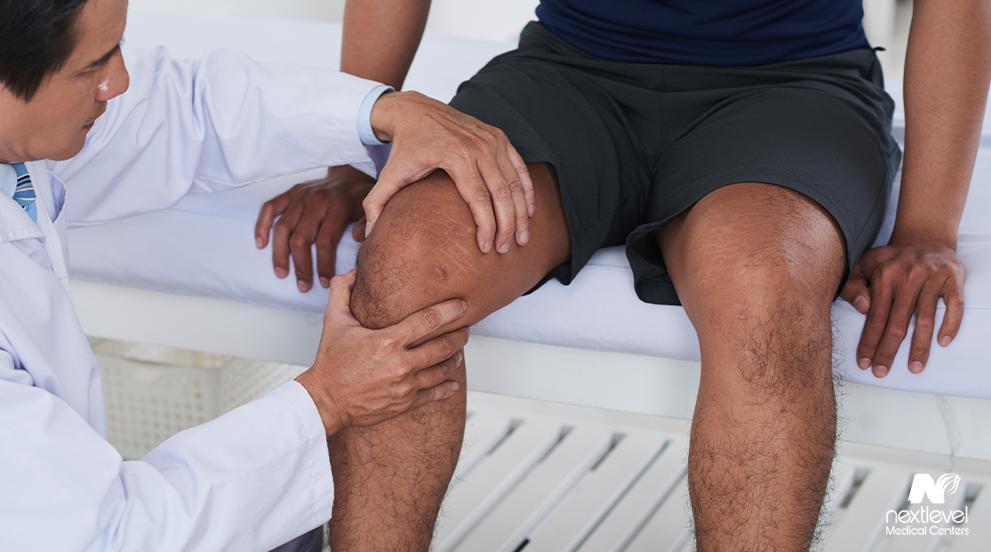
As always, we urge you to consult with your primary care physician when you are in pain or are suffering from an underlying condition. With their aid, you can receive the best advice about the kind of treatment you should pursue to resolve your joint pain and live the healthiest life you can.